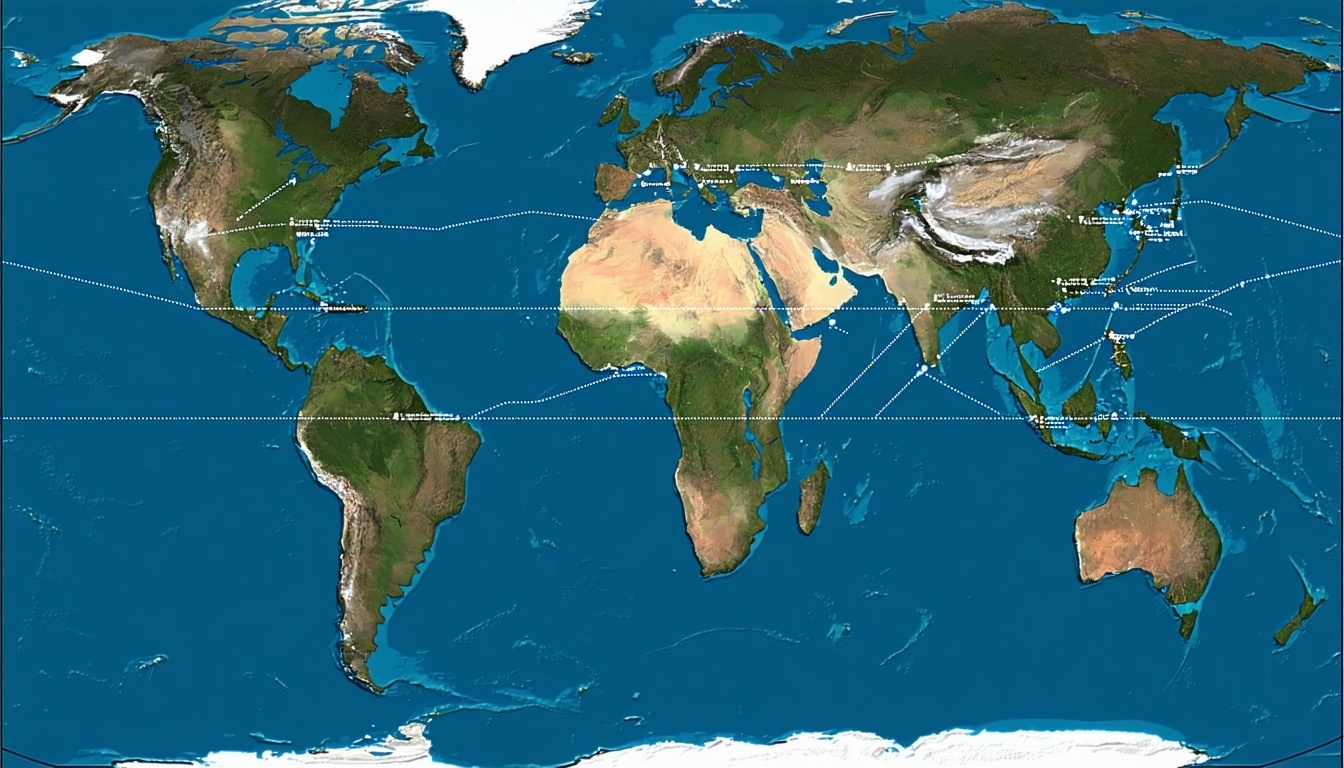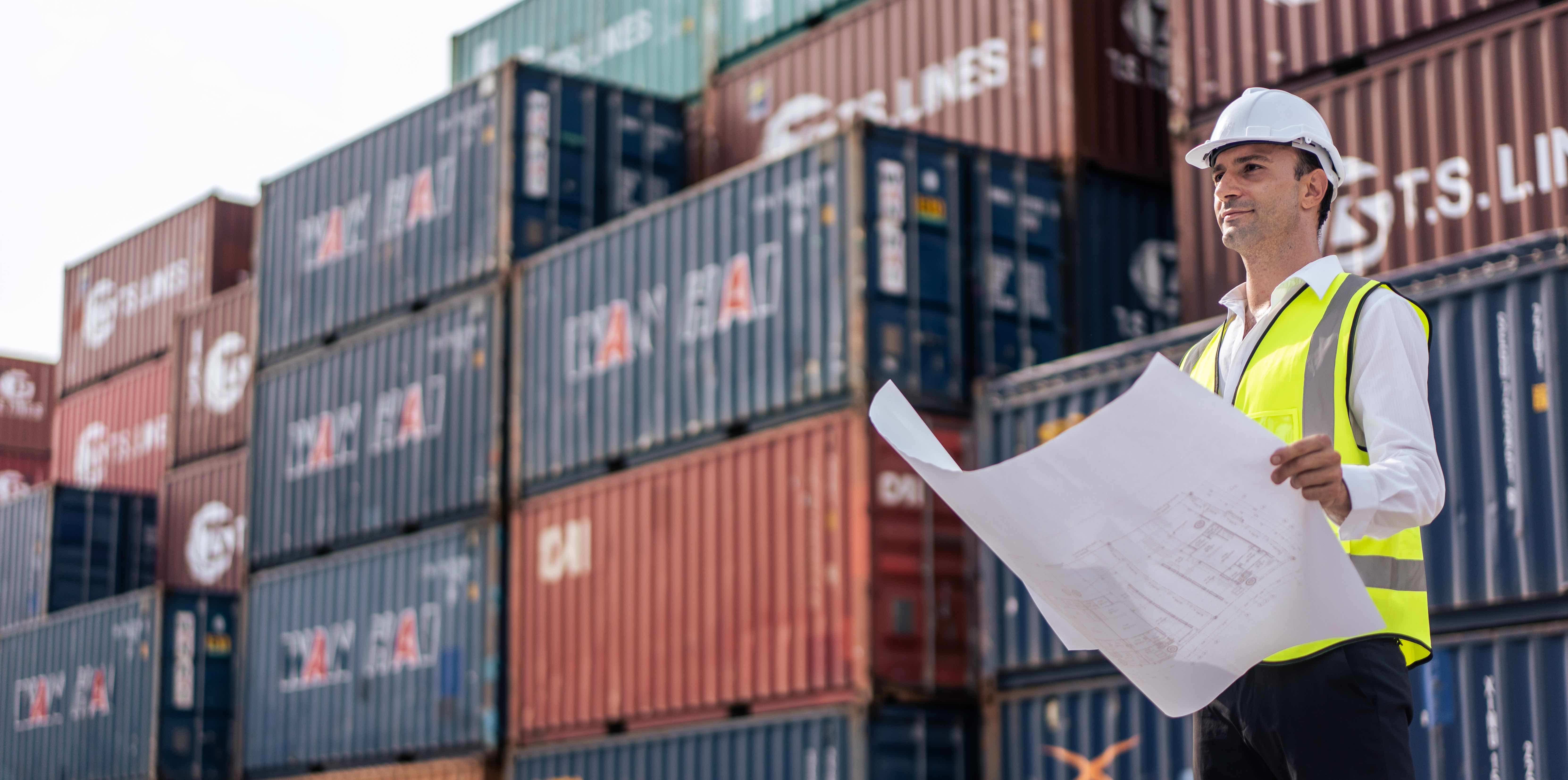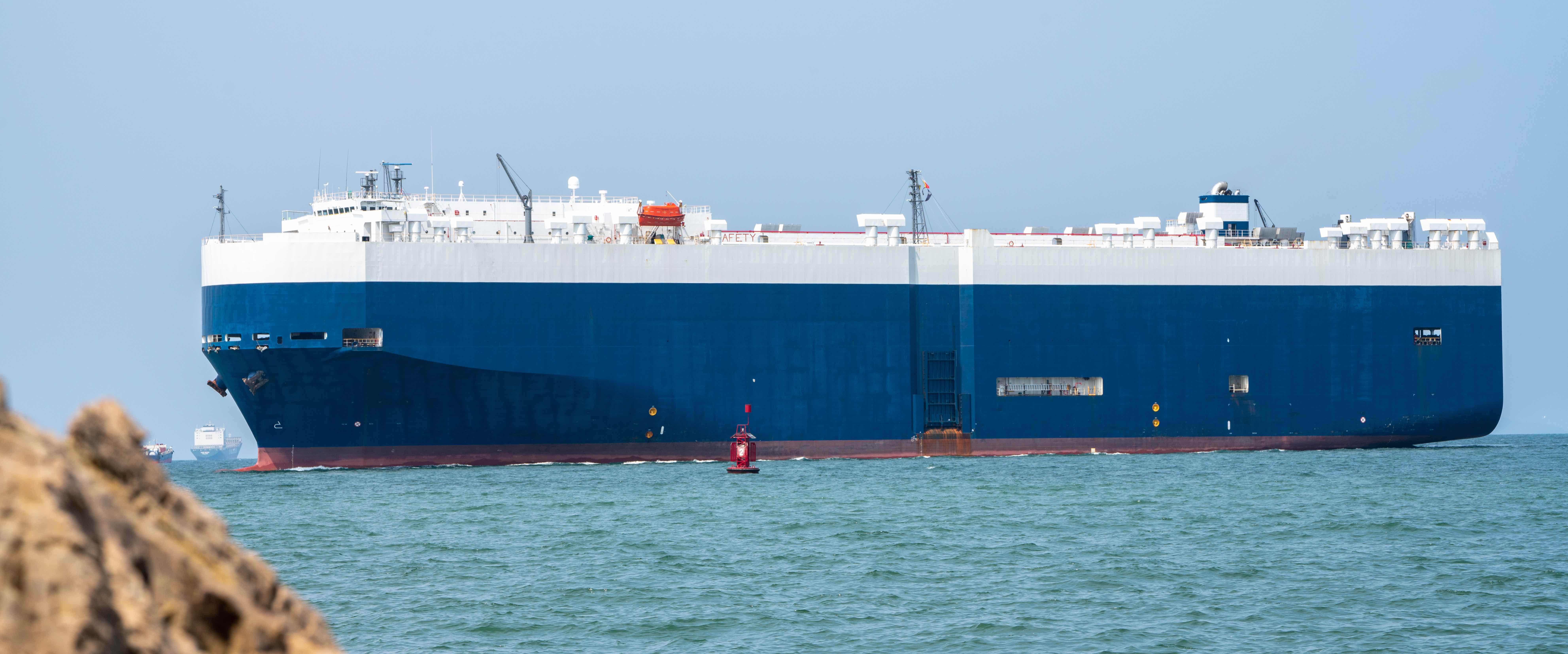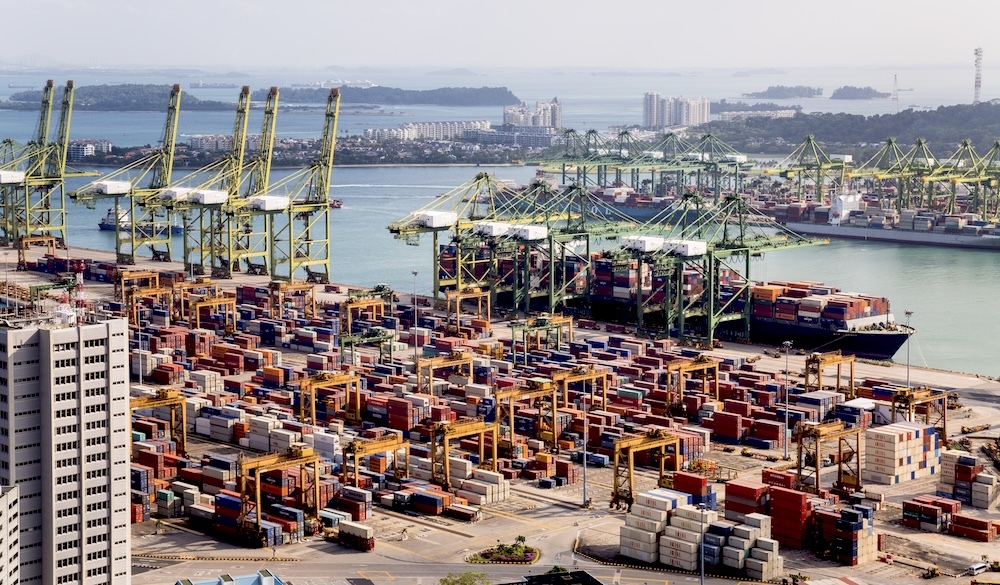Understanding Cross Trade Shipping in Maritime Logistics

Dive into the intricate world of cross trade shipping and uncover how this logistics strategy is revolutionizing global trade.
What is Cross Trade Shipping?
Cross trade shipping, also known as third-country shipping, occurs when cargo is transported between two countries other than the country where the shipping company is headquartered. For instance, a shipment might be arranged by a logistics company based in the United States to transport goods from China to Germany. This type of shipping is becoming increasingly common as global trade continues to expand and diversify.
The primary objective of cross trade shipping is to streamline supply chain operations and reduce costs by leveraging the most efficient routes and logistics networks available. This type of shipping is particularly beneficial for multinational corporations that operate in multiple regions and require seamless logistics solutions to maintain their supply chain efficiency.
Definitions and Alternate Names
Cross trade shipping is known by several alternate names in the logistics industry. These include third-country shipping, triangulation shipping, and foreign-to-foreign shipments. Each term describes the same fundamental process: the transportation of goods between two countries managed by a company based in a third country.
Regardless of the terminology used, the concept remains the same. It involves the strategic coordination of international shipping routes to optimize delivery times and costs, providing a competitive edge in the global marketplace.
Key Benefits of Cross Trade Shipping
One of the most significant benefits of cross trade shipping is cost efficiency. By leveraging the most direct and cost-effective shipping routes, companies can significantly reduce their transportation expenses. This is particularly important for businesses that operate on thin margins and need to optimize every aspect of their supply chain.
Cross trade shipping also offers enhanced flexibility. Companies can choose from a broader range of shipping routes and carriers, allowing them to adapt quickly to changes in market conditions or disruptions in the supply chain. This flexibility is crucial in today's fast-paced global economy, where the ability to respond rapidly to changes can be a significant competitive advantage. For a comparison of different shipping strategies, you might find our article on Load Balancing Vs Just In Time In Logistics insightful.
Additionally, cross trade shipping can improve delivery times. By selecting the most efficient routes, companies can reduce transit times and ensure that their products reach their destinations more quickly. This can lead to improved customer satisfaction and a stronger market presence.
What are the Risks of Cross Trade Shipping?
While cross trade shipping offers numerous benefits, it also comes with certain risks. One of the primary risks is the complexity of coordinating shipments across multiple countries. This requires a deep understanding of international shipping regulations, customs requirements, and potential political or economic instability in the regions involved.
Another risk is the potential for increased logistical challenges. Managing shipments that involve multiple carriers, ports, and customs authorities can be more complicated than traditional shipping routes. This complexity can lead to delays, miscommunications, and other logistical issues that can impact the efficiency of the supply chain.
Additionally, there is the risk of higher insurance costs. Cross trade shipments often involve longer transit times and multiple handling points, which can increase the risk of damage or loss. As a result, companies may face higher insurance premiums to cover these additional risks.
Industries and Businesses Utilizing Cross Trade
Several industries and businesses utilize cross trade shipping to optimize their supply chains. These include multinational corporations in sectors such as manufacturing, retail, and technology. These companies often have complex supply chains that span multiple countries and regions, making cross trade shipping an ideal solution to streamline their logistics operations.
E-commerce businesses are also significant users of cross trade shipping. With the rise of global online shopping, e-commerce companies need to ensure that their products can reach customers quickly and efficiently, regardless of their location. Cross trade shipping allows these businesses to leverage international shipping routes to meet customer demand and maintain a competitive edge in the global marketplace.
Additionally, industries that deal with perishable goods, such as food and pharmaceuticals, often rely on cross trade shipping to ensure that their products reach their destinations in a timely manner. By using the most efficient shipping routes, these companies can reduce transit times and ensure that their products remain in optimal condition throughout the shipping process.
Challenges and Considerations in Cross Trade Shipping
One of the primary challenges in cross trade shipping is navigating the complex regulatory environment. Each country has its own set of customs regulations, import/export laws, and documentation requirements. Companies must ensure that they comply with these regulations to avoid delays, fines, or other penalties.
Another challenge is managing the increased logistical complexity. Cross trade shipments often involve multiple carriers, ports, and handling points, which can increase the risk of delays, miscommunications, and other issues. Companies need to have robust logistics management systems in place to coordinate these shipments effectively and ensure that they reach their destinations on time.
Additionally, companies must consider the potential risks associated with political or economic instability in the regions involved in cross trade shipping. Changes in government policies, trade agreements, or economic conditions can impact shipping routes and costs, making it essential for companies to stay informed and adapt their logistics strategies accordingly.
Why it's Important to have an Expert Guiding You in Cross Trade Shipping
Given the complexity and potential risks associated with cross trade shipping, it is crucial for companies to have an expert guiding them through the process. A knowledgeable logistics partner can help navigate the regulatory environment, coordinate shipments, and manage any issues that arise during transit.
An expert in cross trade shipping can also provide valuable insights and advice on optimizing shipping routes, selecting the best carriers, and ensuring compliance with international regulations. This can help companies reduce costs, improve delivery times, and maintain a competitive edge in the global marketplace. For instance, understanding the environmental efficiency of maritime shipping can be crucial in making informed decisions about shipping routes and methods.
Furthermore, having an expert guide can provide peace of mind. Companies can focus on their core business operations, knowing that their logistics partner is handling the complexities of cross trade shipping and ensuring that their products reach their destinations efficiently and reliably.
Are you looking for a shipping partner for Cross Trade shipments?
The Global Liner Agencies Team is ready to assist.




